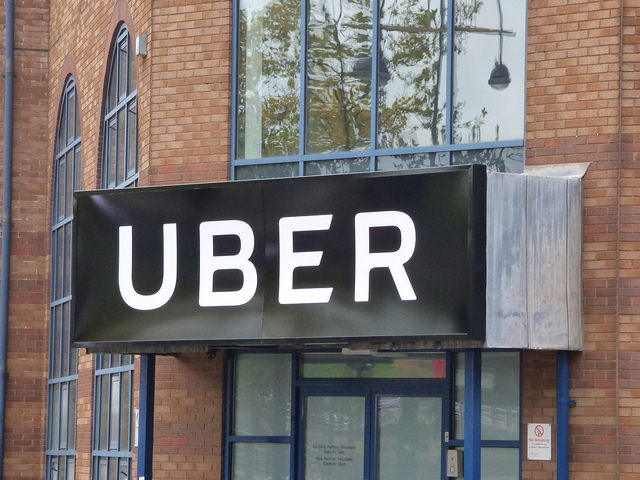 EMERGING TECH
EMERGING TECH
 EMERGING TECH
EMERGING TECH
 EMERGING TECH
EMERGING TECH
Uber Technologies Inc. has booked a record profit in its first quarter, primarily off its exit from the Russian and Southeast Asian markets, but under the hood the company’s cash burn rate has also taken a turn for the better.
For the quarter ended March 31, Uber reported a $2.5 billion net profit thanks to onetime gains from its sales of local operations in Southeast Asia to Grab Taxi Pte Ltd. and Russia to Yandex Europe AG. It posted an adjusted loss before interest, taxes, depreciation and amortization of $304 million, down 49 percent from the same quarter last year and 36 percent from the fourth quarter of 2017.
Digging deeper, Uber reported gross sales of $11.3 billion, up 55 percent year-on-year on $2.6 billion in revenue — that is, actual revenue from operations not including the Grab and Yandex deals. The company reported $4.7 billion of cash on hand and $3.1 billion of long-term debt, with assets listed at $19.4 billion, versus liabilities of $11.67 billion.
Uber appears to be heading in the right direction through a combination of increasing revenue despite losing market share in the U.S., partly thanks to a reduction in costs. But its long-delayed decision on going public has at the same time prompted a new secondary round, one that offers new investors the ability to buy shares from existing shareholders.
TechCrunch reported that Coatue, Altimeter and TPG are participating in the round. Employees are also being given an option to sell at least 1,000 shares, with each existing investor limited to selling no more than $10 million in shares each.
The round is expected to raise between $400 million to $600 million but is more notable for its valuation, which is said to price Uber at $62 billion. That’s a return to form for the company after it was valued at $45 billion when SoftBank acquired a minority stake in December.
Improving financials along with another secondary round combined has naturally led to new speculation on an Uber initial public offering. The Wall Street Journal reported that the company is preparing for a float next year. The suggestion, though, is not exactly new. Chief Executive Officer Dara Khosrowshahi said in August that he wanted the company to go public within 18 to 36 months.
Others are not quite as positive. Pitchbook noted that the path to an IPO is still rocky given that the company, despite the best efforts of Khosrowshahi, is still facing problems. Only today, it was reported that Uber had decided to cancel its self-driving car testing program in Arizona following one of its vehicles killing a pedestrian in March. In addition, Mayor Bill Peduto of Pittsburgh, the remaining city in which Uber can test their vehicle, has called for a “full federal investigation” before the autonomous vehicles can return to local streets.
Support our mission to keep content open and free by engaging with theCUBE community. Join theCUBE’s Alumni Trust Network, where technology leaders connect, share intelligence and create opportunities.
Founded by tech visionaries John Furrier and Dave Vellante, SiliconANGLE Media has built a dynamic ecosystem of industry-leading digital media brands that reach 15+ million elite tech professionals. Our new proprietary theCUBE AI Video Cloud is breaking ground in audience interaction, leveraging theCUBEai.com neural network to help technology companies make data-driven decisions and stay at the forefront of industry conversations.